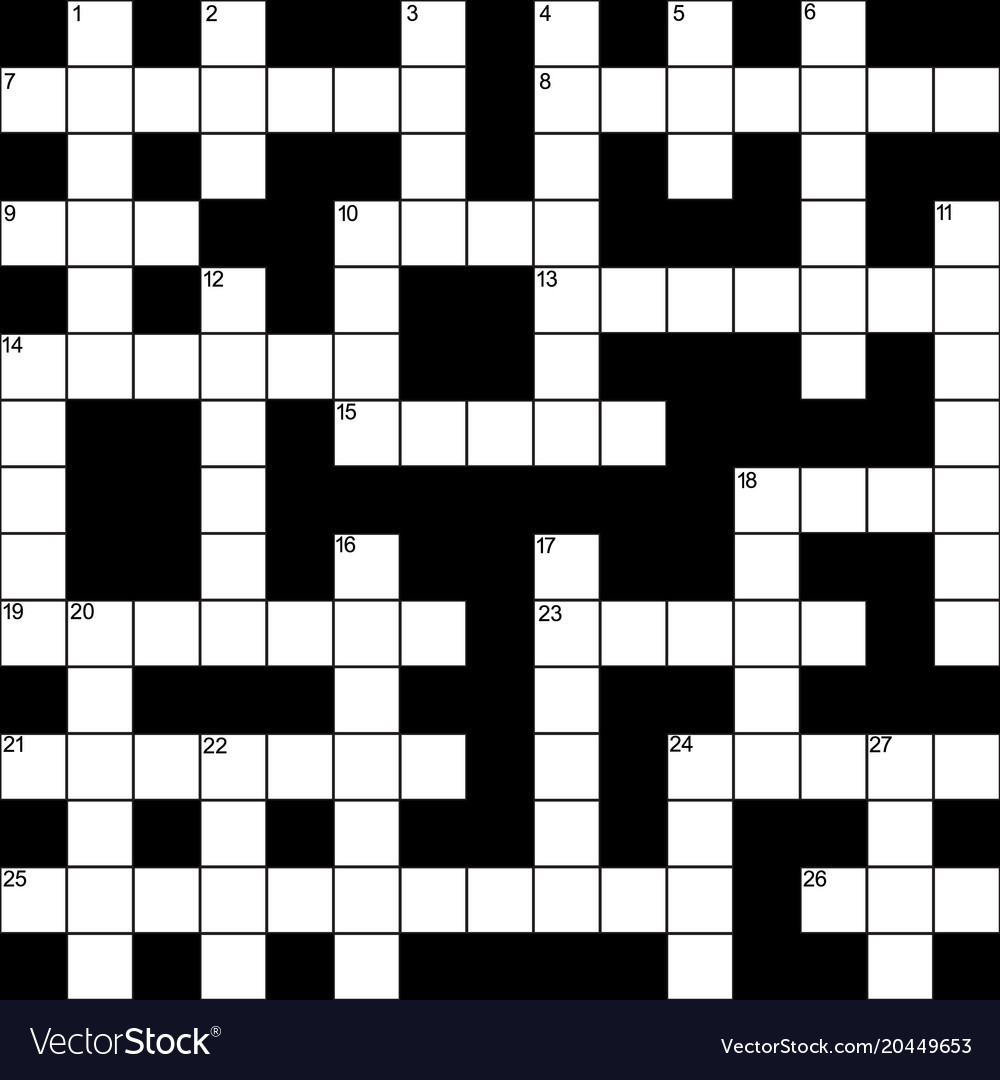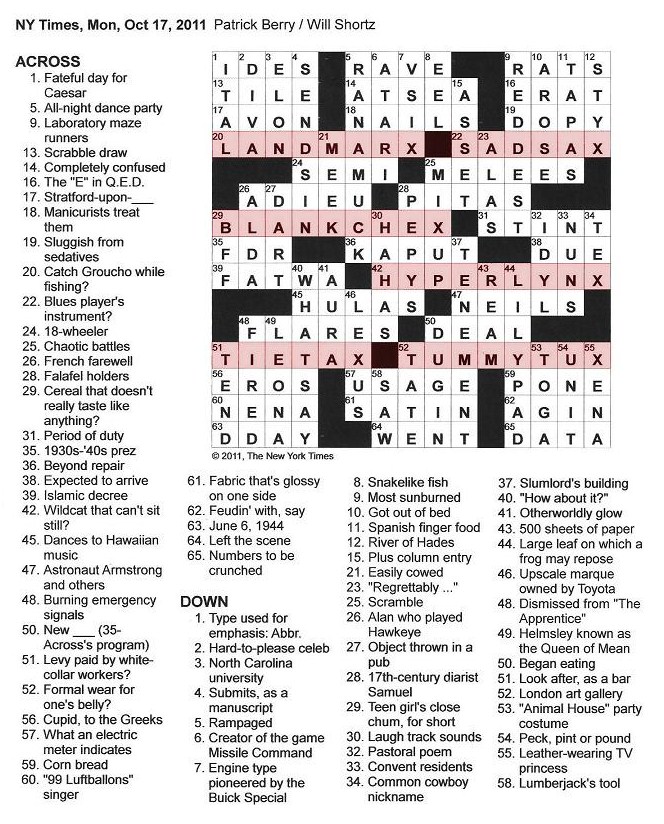

Here the composer intends the answer to be "derby", with "hat" the definition, "could be" the anagram indicator, and "be dry" the anagram fodder. He may attempt to mislead by employing a form of words which can be taken in more than one way, and it is your fault if you take it the wrong way, but it is his fault if you can't logically take it the right way.Īn example of a clue which cannot logically be taken the right way: The Book of the Crossword lays this injunction upon him: "You need not mean what you say, but you must say what you mean." This is a superior way of saying that he can't have it both ways. We must expect the composer to play tricks, but we shall insist that he play fair. The basic principle of fairness was set out by Listener setter Afrit (Alistair Ferguson Ritchie) in his book Armchair Crosswords (1946), wherein he credits it to the fictional Book of the Crossword: Torquemada's puzzles were extremely obscure and difficult, and later setters reacted against this tendency by developing a standard for fair clues, ones that can be solved, at least in principle, by deduction, without needing leaps of faith or insights into the setter's thought processes.
Field involving grids but not clues crossword series#
Composer Stephen Sondheim, a lover of puzzles, is credited with introducing cryptic crosswords to American audiences, through a series of puzzles he created for New York magazine in 19. Puzzles appeared in The Listener from 1930, but this was a weekly magazine rather than a newspaper, and the puzzles were much harder than the newspaper ones, though again they took a while to become entirely cryptic. In some papers this took until about 1960. These newspaper puzzles were almost entirely non-cryptic at first and gradually used more cryptic clues, until the fully cryptic puzzle as known today became widespread. Crosswords were gradually taken up by other newspapers, appearing in the Daily Telegraph from 1925, The Manchester Guardian from 1929 and The Times from 1930. The first newspaper crosswords appeared in the Sunday and Daily Express from about 1924. Torquemada (Edward Powys Mathers), who set for The Saturday Westminster from 1925 and for The Observer from 1926 until his death in 1939, was the first setter to use cryptic clues exclusively and is often credited as the inventor of the cryptic crossword.

The first British crossword puzzles appeared around 1923 and were purely definitional, but from the mid-1920s they began to include cryptic material: not cryptic clues in the modern sense, but anagrams, classical allusions, incomplete quotations, and other references and wordplay. standard) crosswords, and sometimes two sets of clues are given for a single puzzle grid.Ĭryptic crossword puzzles come in two main types: the basic cryptic in which each clue answer is entered into the diagram normally, and "themed" or "variety" cryptics, in which some or all of the answers must be altered before entering, usually in accordance with a hidden pattern or rule which must be discovered by the solver.Ĭryptic crosswords originated in the UK. Particularly in the UK, a distinction may be made between cryptics and "quick" (i.e. Compilers of cryptic crosswords are commonly called "setters" in the UK and "constructors" in the US. Cryptic crosswords are particularly popular in the United Kingdom, where they originated, Ireland, Israel, the Netherlands, and in several Commonwealth nations, including Australia, Canada, India, Kenya, Malta, New Zealand, and South Africa. A 15x15 lattice-style grid is common for cryptic crosswordsĪ cryptic crossword is a crossword puzzle in which each clue is a word puzzle.


 0 kommentar(er)
0 kommentar(er)
